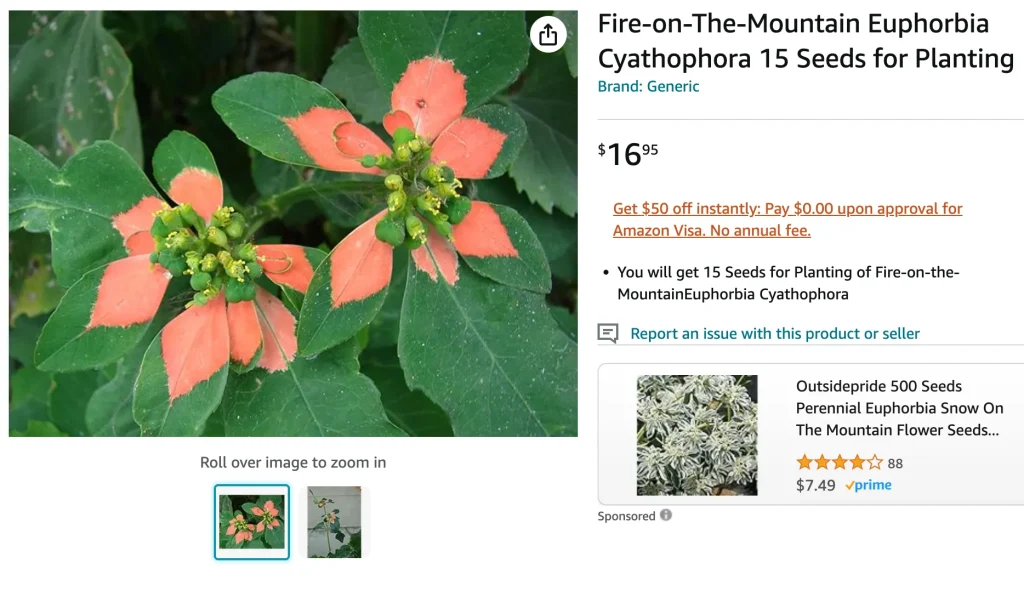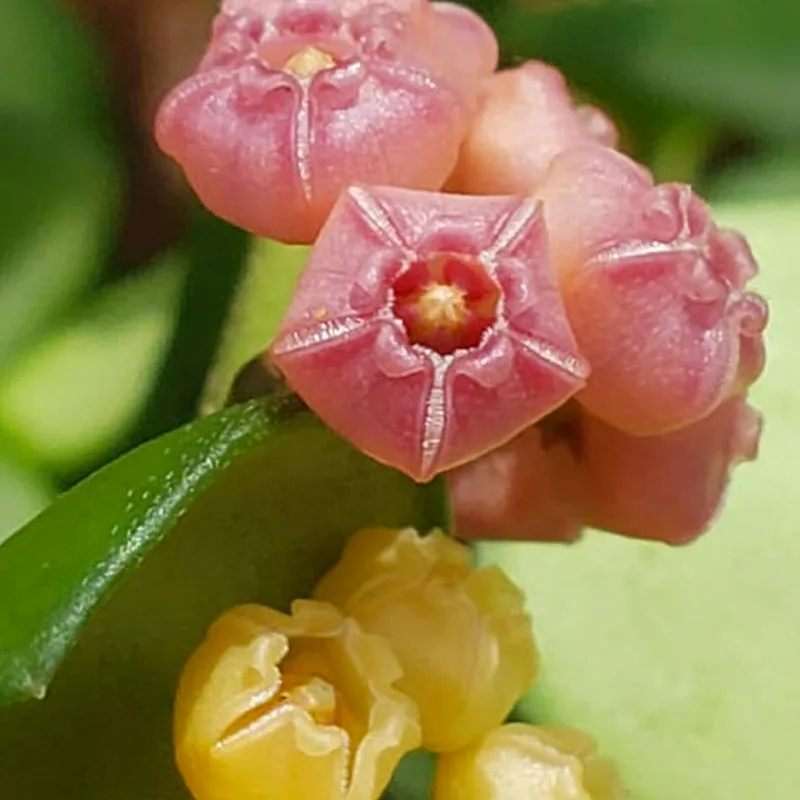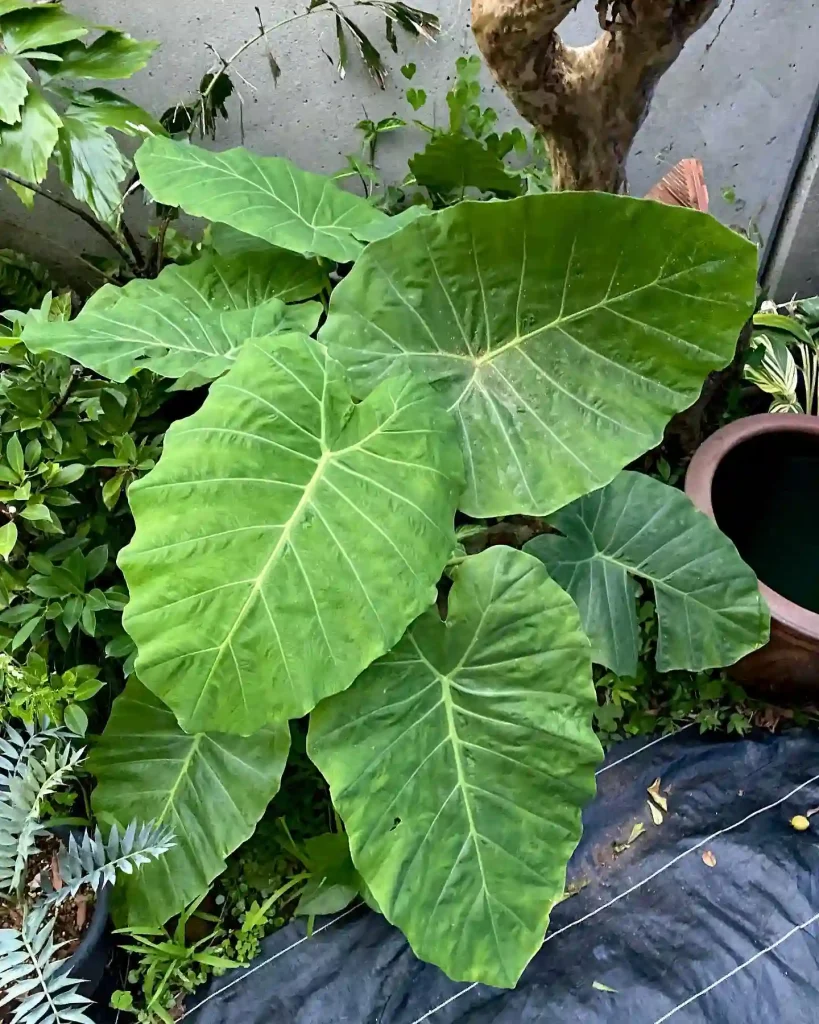
Frequently Asked Questions About Euphorbia Cyathophora
Euphorbia Cyathophora, also known as the “Painted Spurge,” is a fascinating plant that often piques curiosity due to its striking appearance and unique characteristics. As someone who has explored various aspects of this plant, I’m here to address some common questions and provide insights that might help you better understand and care for this species.
2093 Species in Genus Euphorbia
What Is Euphorbia Cyathophora?
Euphorbia Cyathophora is a member of the Euphorbiaceae family, known for its vibrant, colorful bracts and milky latex sap. Originating from tropical regions of Central and South America, this plant stands out with its bright, red or orange bracts that surround its small, inconspicuous flowers. Its eye-catching appearance makes it a popular choice for ornamental purposes.
How to Care for Euphorbia Cyathophora?
Caring for Euphorbia Cyathophora is relatively straightforward, but it requires attention to a few key details:
- Light: It thrives in bright, indirect light. Too much direct sunlight can scorch its leaves, while too little light can lead to leggy growth.
- Watering: Allow the soil to dry out between waterings. Overwatering can cause root rot, so it’s crucial to maintain a balance.
- Soil: A well-draining soil mix is essential. A cactus or succulent mix works well for this plant.
- Temperature: It prefers warm temperatures, typically between 60-80°F (15-27°C). Protect it from frost and cold drafts.
How to Propagate Euphorbia Cyathophora?
Propagation of Euphorbia Cyathophora can be done through stem cuttings:
- Select a Healthy Stem: Choose a healthy, non-flowering stem for propagation.
- Cut and Dry: Use a clean, sharp knife to take a cutting about 4-6 inches long. Allow the cut end to dry for a few hours to form a callus.
- Planting: Place the cutting in a well-draining potting mix. Keep the soil slightly moist until roots develop.
- Roots Formation: After a few weeks, you should see new growth, indicating that roots have formed.
Can Euphorbia Cyathophora Be Used?
Euphorbia Cyathophora is mainly grown for ornamental purposes due to its vibrant appearance. It does not have culinary or medicinal uses, and it’s primarily valued for its aesthetic appeal in gardens and indoor plant collections.
Is Euphorbia Cyathophora Kin to the Ornamental Poinsettia?
Yes, Euphorbia Cyathophora is related to the ornamental poinsettia (Euphorbia pulcherrima). Both belong to the Euphorbia family and share similar characteristics, such as colorful bracts and the presence of milky latex. However, they differ in size, flower structure, and native habitat.
Is Euphorbia Cyathophora Poisonous?
Euphorbia Cyathophora contains a milky, latex-like sap that can be irritating to the skin and toxic if ingested. It’s best to keep it out of reach of children and pets. If contact occurs, wash the affected area with soap and water immediately. Ingesting parts of the plant can cause gastrointestinal upset, so exercise caution.
Where Are the Euphorbia Cyathophora Found?
Euphorbia Cyathophora is native to tropical regions of Central and South America. It thrives in warm, humid environments and is often found in tropical forests and open woodlands.
Can You Grow Euphorbia Cyathophora Indoors?
Yes, Euphorbia Cyathophora can be grown indoors. It adapts well to indoor conditions as long as it receives adequate light and proper care. Place it in a bright spot, and ensure that it gets enough indirect sunlight. Indoor environments should also maintain a warm temperature range.
What to Plant With Euphorbia Cyathophora?
When choosing companion plants for Euphorbia Cyathophora, consider plants with similar light and water requirements. Succulents, other tropical plants, or even low-maintenance perennials can make excellent companions. Avoid plants that require high humidity or frequent watering, as they might not thrive in the same conditions.
Common Problems with Euphorbia Cyathophora
- Pest Issues: Watch out for aphids, mealybugs, and spider mites, which can infest the plant.
- Diseases: Root rot is a common issue due to overwatering. Ensure proper drainage to prevent this problem.
- Leaf Drop: This can occur if the plant is exposed to sudden changes in temperature or light conditions.
Comparing Euphorbia Cyathophora with Similar Plants
Euphorbia Cyathophora is often confused with other members of the Euphorbia family, such as Euphorbia Tirucalli (Pencil Cactus) or Euphorbia Pulcherrima (Poinsettia). While they share the same family and some similarities, they differ significantly in appearance, size, and care requirements.
Understanding these aspects can help you make informed decisions about how to care for Euphorbia Cyathophora and ensure it remains a vibrant addition to your plant collection.
If i die, water my plants!



